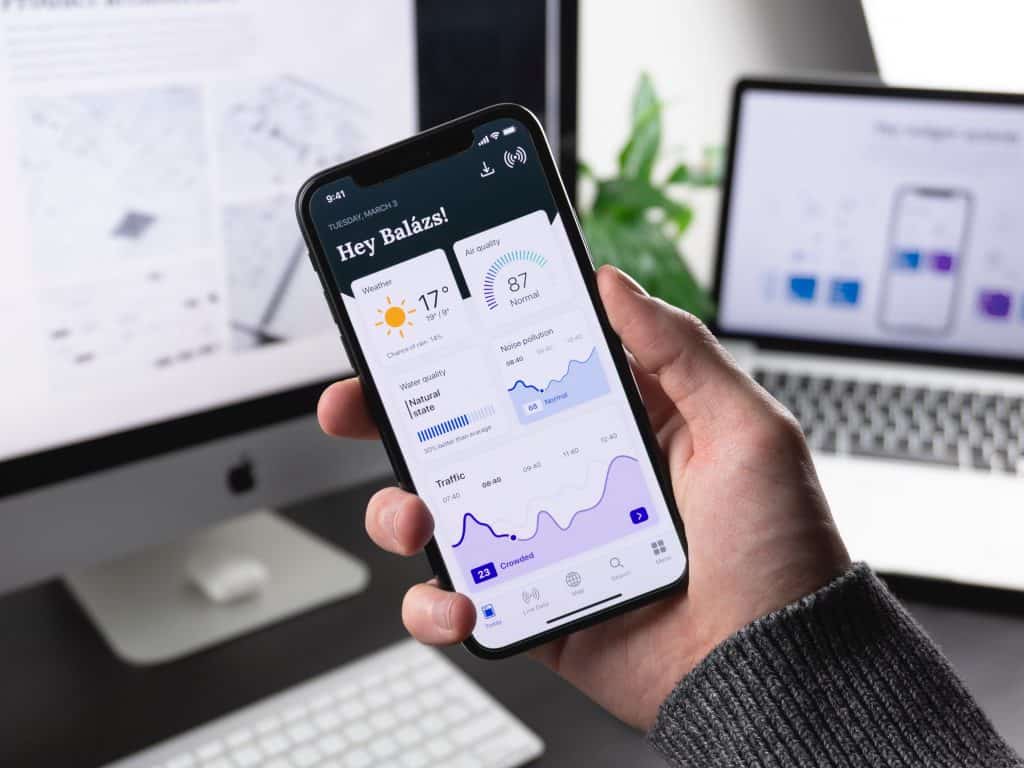If you want to enter a lucrative, growing market, you should create a banking app. More than $500 billion worth of payments were made during 2020, increasing by over 600% since 2015.
If you’ve ever wondered how to build a banking app, here’s how you can approach it.
How to Create a Banking App in 10 Steps
If you want to create mobile banking applications, you have to follow these steps.
Research
Before creating a bank app, you have to do your research.
Who are your competitors? What is the market like? Who are the users? What do they need?
Once you know more, you can start developing a unique value proposition and flesh out the features your customers will need from your app.
Build and Test The ProtoType
You’ll need to create an MVP version of your app, whether you create a banking application in Android, iOS, or any other platform. This will enable you to create a prototype that shows the app’s logic, structure, design elements, visuals, and key features that can be tested among your target market users. Read more about MVP in startups.
Secure Your App
You need to start securing your app during the development process. Make sure that you work with a team that understands the top vulnerabilities your app will face.

Design Your User Experience and Interface
Your UI is everything the customer will see and interact with on-screen. It’s important that the app is helpful, easy to use and navigate, and transparent and safe at all times.
Choose the Best Tech Stack
A good banking app development team to a good mobile app development team will get to know your needs and choose a tech stack that can lower costs, shorten the dev time and ensure that your app hits the market at the right time.
Coding
Coding is the bulk of the work, which is why you should always hire experienced and competent banking app software developers that have experience in the industry.

If you have lots of time and budget, you can hire your own in-house team, but it’s much cheaper and quicker to use a ready-made offshore development team to do your coding.
Integration
You will need to integrate with other vendors for external features to make sure your app runs smoothly. It’s also much cheaper than building them from scratch on your own.
Release and Maintain Your App
Your development team will help you put the final touches on your app and get it ready for publication on the App Store or Google Play.

Don’t forget that you will need some dev time for ongoing maintenance and bug fixes to keep your app operable in the long term.
Promotion
Once you are able to launch your app on the app store, you can start promoting it online. You can use the first feedback and ratings from the app store to guide your product improvements.
Updates
Once your app is launched, you’ll start receiving feedback from your customers. Spend some time following your reviews and stars to ensure that you consistently make the improvements they need.
Which Tech Stack Should You Use?
If you wonder how to create a mobile banking app, you’re probably wondering which programming languages you need to know. If you build an app for iOS or Android, the tech stack will be different for each. iOS-based apps will probably use Swift or XCode; Android-based mobile banking apps may use Java or Kotlin.
If you are looking at cross-platform app development options, you should investigate React, Flutter, or Xamarin. Hybrid mobile apps use HTML5, CSS, and JavaScript as well.
Conclusion
Now that you know how to create a banking app of your very own, you can get started in this multi-billion dollar industry!